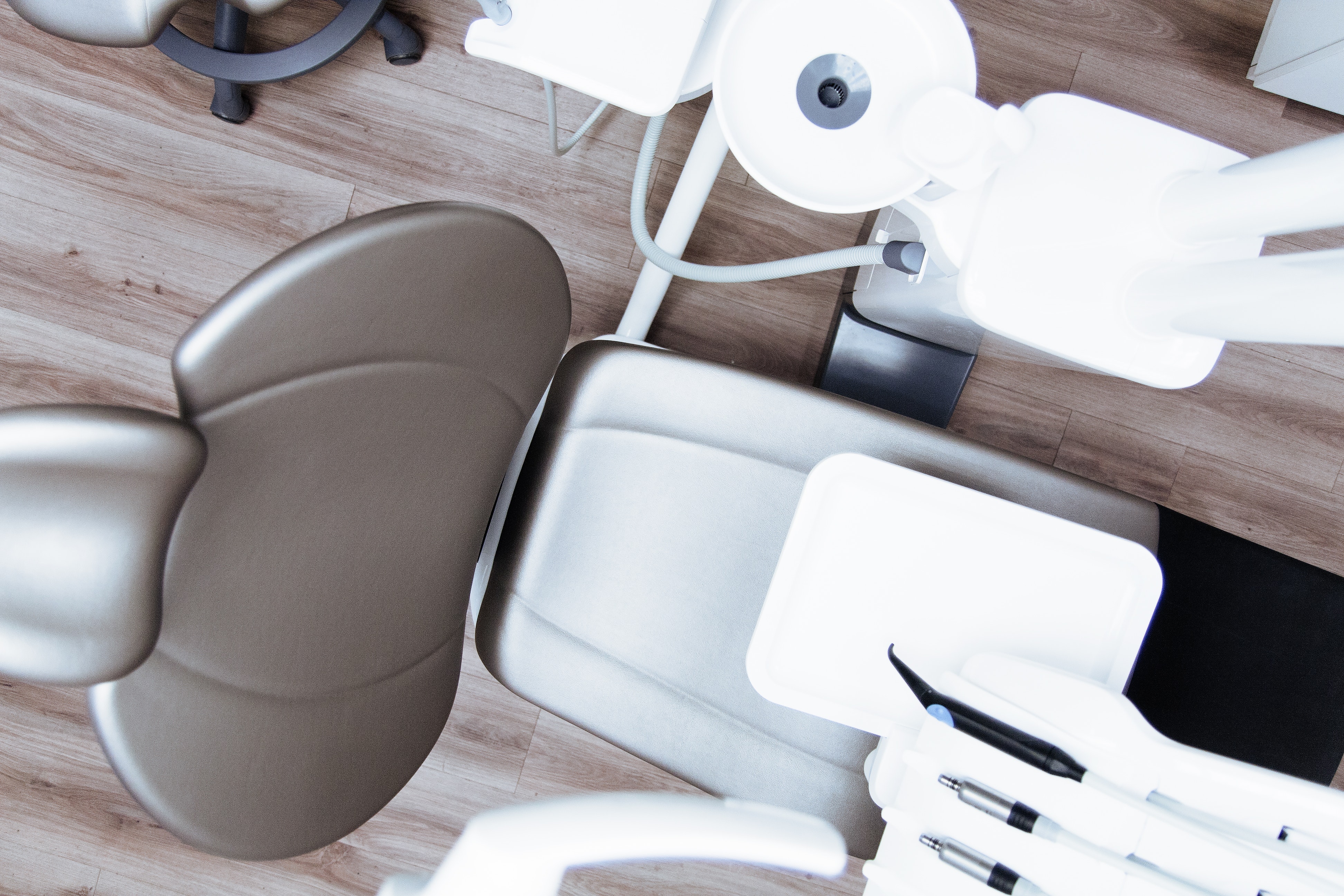
The list of regulations surrounding dental waste and its disposal is growing rapidly. An already precise procedure, dental waste disposal undergoes constant updates in order to prevent materials from leaching into the environment. There are four main types of dental waste, and each comes with its own standard for proper disposal. In this post we will discuss the types of dental waste and their disposal methods:
-
Amalgam
-
Hazardous
-
Pharmaceutical
-
Sharps
Dental Amalgam Waste Disposal
According to the American National Standards Institute/American Dental Association (ANSI/ADA), amalgam waste is defined as: “including amalgam (scrap), chair-side trap filters containing amalgam vacuum pump filters containing, amalgam, saliva ejectors if used in dental procedures involving amalgam, used amalgam capsules, extracted teeth with amalgam restorations, and waste items that are contaminated with amalgam”. If not disposed of properly, amalgam waste runs the risk of being introduced to the waterways and environment, and impacting a community.
The most effective ways to prevent this amalgam waste from entering the environment are through the uses of amalgam separators and an amalgam recycling program. As of 2017, the Environmental Protection Agency (EPA) has ruled that amalgam separators must achieve at least a 95% removal efficiency. That separated amalgam waste cannot then be discarded in the trash. Instead, it must be sent to a facility that specializes in melting the metals and recycling that mercury.
Hazardous Waste Disposal
Hazardous waste disposal is defined by the EPA as waste that has “substantial or potential threats to public health or the environment”. To be classified as hazardous, the waste must exhibit one of the following traits: Ignitability, Reactivity, Corrosivity, or Toxicity. Hazardous waste can be found in any physical state; liquid, gaseous, or solid. The type of disposal depends entirely upon the physical state the waste is in and determines the need for further treatment.
To prevent the introduction of hazardous waste into the environment, countermeasures such as solidification or the erection of barriers to contain the waste may be necessary. One thing is certain: hazardous waste cannot be simply thrown away in the garbage or washed down the sink. .
Pharmaceutical Waste Disposal
The EPA defines pharmaceutical waste as expired, unwanted or unused pharmaceuticals. “Healthcare facilities and healthcare-related businesses that generate pharmaceutical wastes are responsible for appropriately managing their wastes in accordance with all local, state, and federal environmental regulations.” This management can come in the form of take-back programs or incineration in a hazardous waste combustor. Mail-back systems exist as a convenient and inexpensive option to dispose of collected pharmaceutical waste.
Sharps waste disposal
Sharps are classified by the U.S. Food and Drug Administration (FDA) as any device or object used to puncture or lacerate the skin. These include common items used in dental offices such as: hypodermic needles, disposable scalpels and blades, contaminated glass, and some plastics. Once used in this manner, a sharp is now labeled as bio-hazardous waste and must be disposed of properly in a sharps container. Sharps mail-back systems enable any healthcare facility or self-injector to safely dispose of and recycle sharps waste.
Dental waste must be properly treated and disposed of so as not to harm the environment or surrounding communities. The many medical waste treatment options protect our environment, and mail-back systems are consistently the most convenient method of transporting a dental facility’s medical waste safely and efficiently. Any medical professional can find solutions to dental waste recycling systems at PureWay to learn more.






